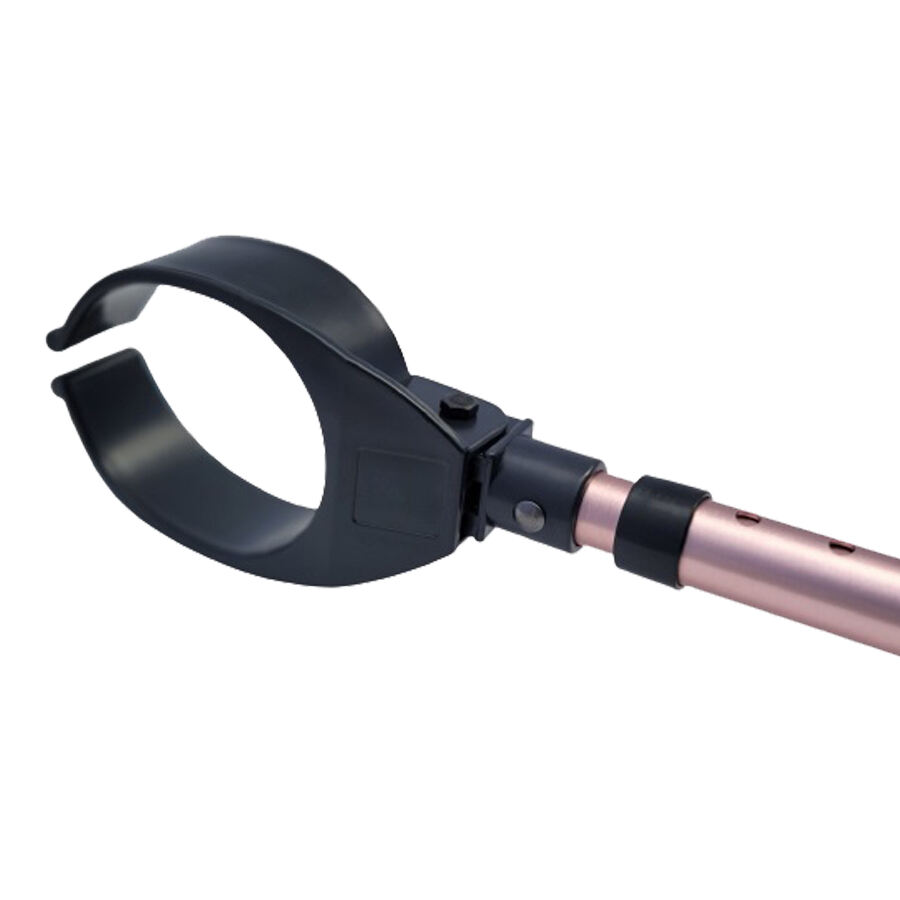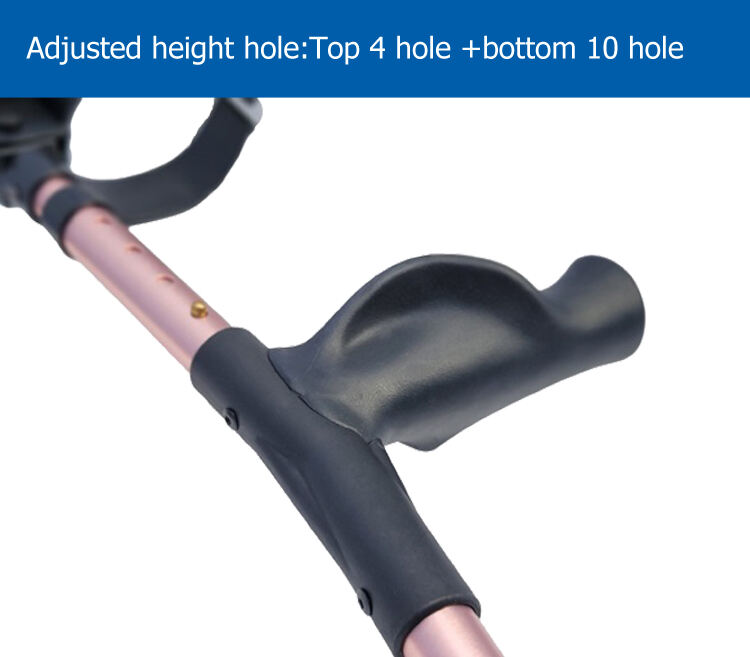melno elkoņu kruķu ražotājs
Melno elkoņu kruķu ražotājs ir vadošais augstas kvalitātes mobilitātes palīglīdzekļu ražotājs, kas izstrādāts, lai nodrošinātu atbalstu un komfortu personām ar kustību traucējumiem. Šie kruķi ir izstrādāti, izmantojot modernākās tehnoloģijas, un ir pazīstami ar savu izturību un ergonomisko dizainu. Galvenās šo kruķu funkcijas ietver stabilitātes nodrošināšanu, stresa samazināšanu uz plaukstām un uzticamu atbalstu tiem, kas atveseļojas no traumām vai saskaras ar hroniskām slimībām. Tehnoloģiskās iezīmes, piemēram, regulējami rokturi, viegla, bet izturīga konstrukcija un neslīdoši gumijas uzgaļi, nodrošina drošību un lietošanas ērtumu. Šie melnie elkoņu kruķi tiek izmantoti slimnīcās, rehabilitācijas centros un personīgai lietošanai, padarot tos par būtisku rīku ceļā uz mobilitātes atgūšanu.


